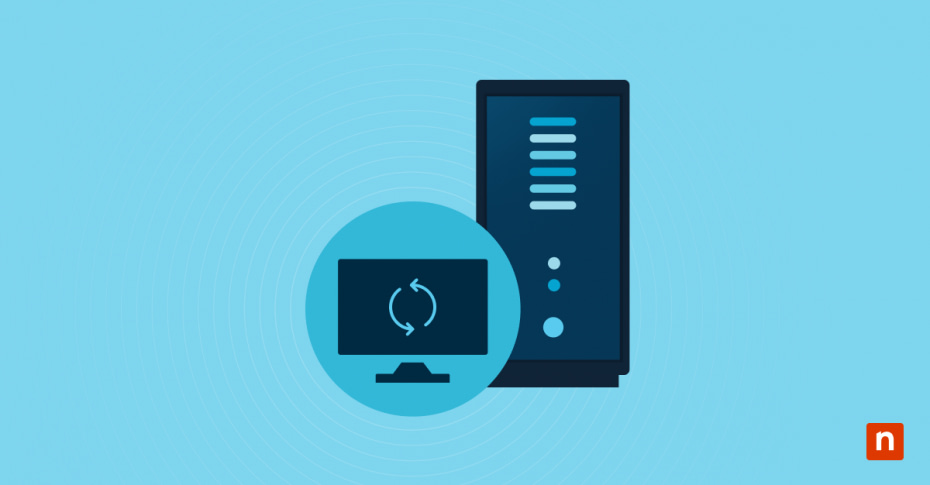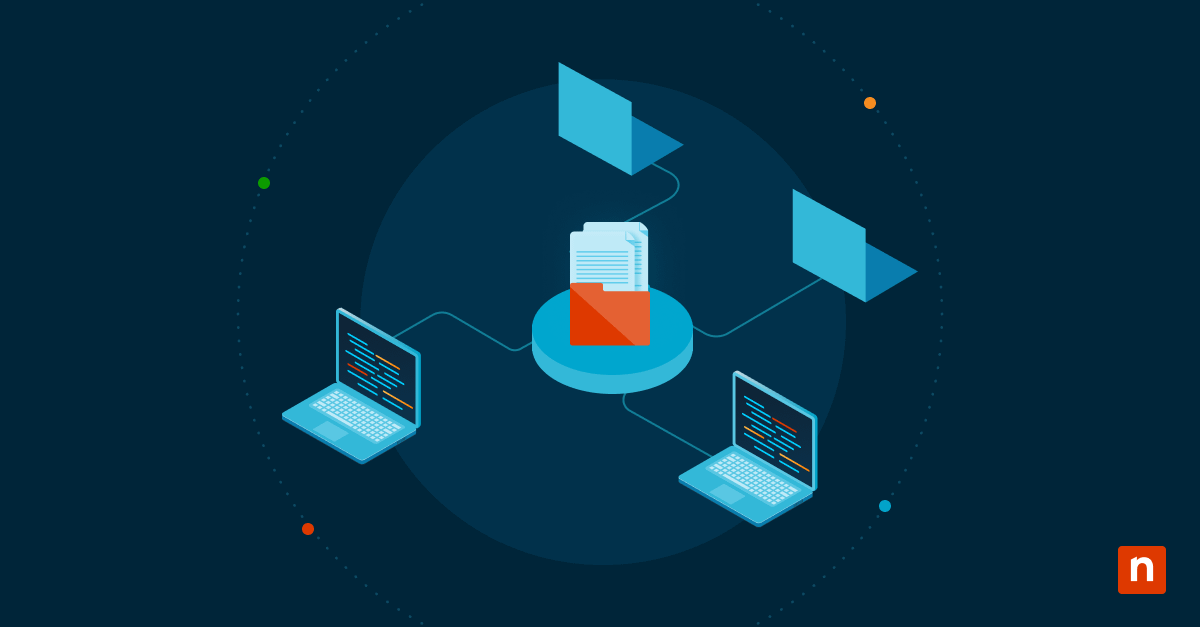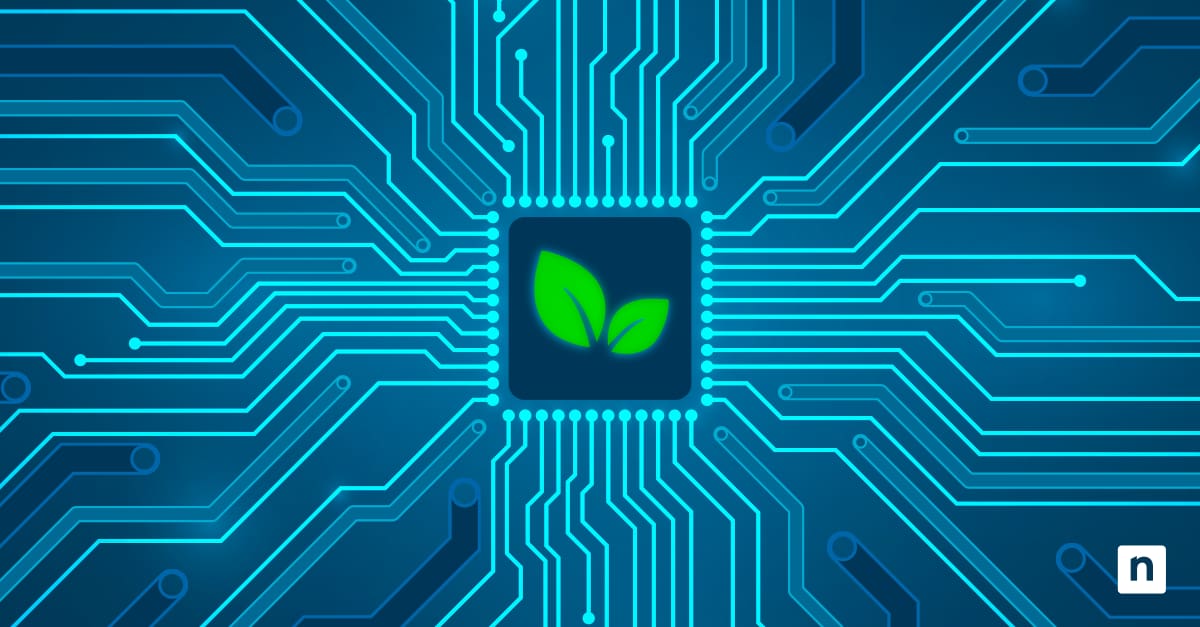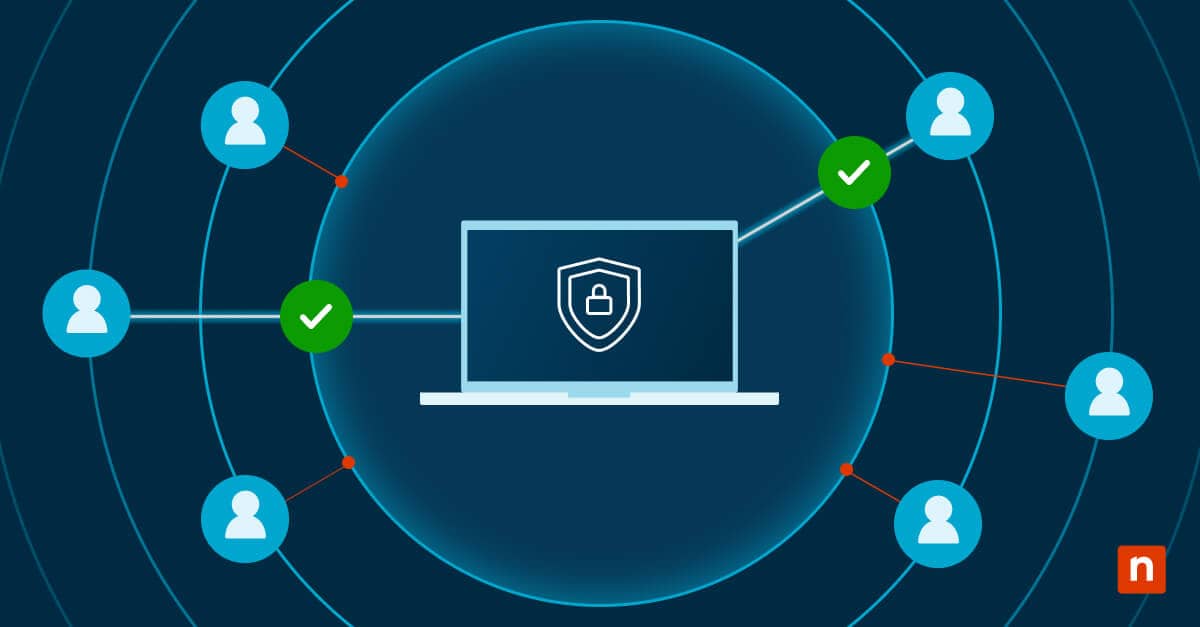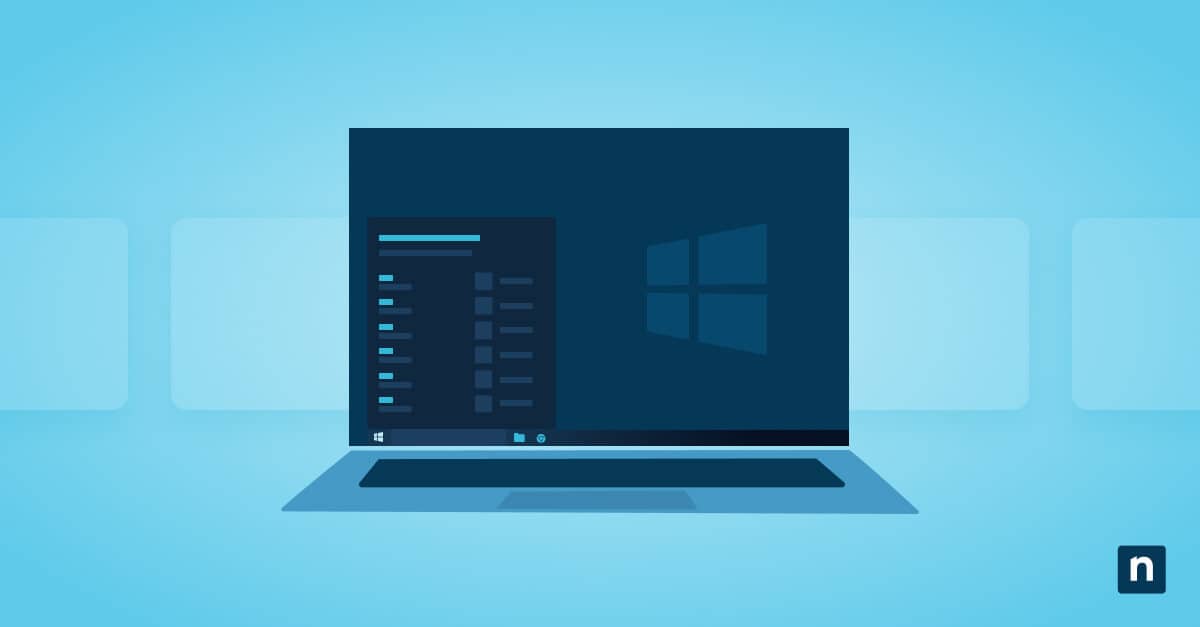Key Points
- Windows Settings: Go to Settings > Update & Security > Windows Update > Advanced options, pause updates, and turn off Automatically restart.
- Group Policy: Run gpedit.msc, navigate to Computer Configuration > Administrative Templates > Windows Components > Windows Update, enable No auto-restart with logged-on users.
- Registry Editor: In HKLM\SOFTWARE\Policies\Microsoft\Windows\WindowsUpdate\AU, create/set NoAutoRebootWithLoggedOnUsers to 1.
- PowerShell: Run as Administrator: Set-ItemProperty -Path HKLM \Software\Policies\Microsoft\Windows\WindowsUpdate\AU -Name “NoAutoRebootWithLoggedOnUsers” -Value 1
Automatic restarts in Windows 10 can be a significant source of frustration for users, often disrupting workflow and causing inconvenience. Understanding the methods available to disable automatic restarts helps maintain control over system behavior as well as prevent unexpected interruptions. This guide provides comprehensive step-by-step instructions on how to disable automatic restarts in Windows 10.
🥷 Automate your IT management with NinjaOne.
A brief overview of automatic restarts in Windows 10
In Windows 10, automatic restarts are typically triggered by various system events, including the installation of operating system updates, applying system changes, or resolving critical errors. These automatic restarts are designed to keep the system up-to-date and maintain optimal performance. However, they can occur at inconvenient times, such as during important work or tasks, leading to frustration and productivity loss.
Methods to disable automatic restart
Disabling automatic restarts on Windows 10 can be achieved via several methods, including using Windows Settings, Group Policy Editor, Registry Editor, and PowerShell. Here are the options to disable automatic restarts:
Using Windows settings
- Open “Settings” by pressing the Windows key + I.
- Go to “Update & Security” > “Windows Update.”
- Click on “Advanced options.”
- Under “Pause updates,” toggle the switch to enable “Pause until” and set a date in the future.
- Finally, under “Restart options” toggle the switch to disable “Automatically restart.”
Using Group Policy editor
- Open the Group Policy Editor by pressing the Window key and typing “gpedit.msc”, then press Enter.
- Expand “Computer Configuration”, then “Administrative Templates”
- Expand “Windows Components”, followed by “Windows Update.”
- Double-click on “No auto-restart with logged-on users for scheduled automatic updates installations” policy.
- Select “Enabled” and click “OK.”
Using Registry editor
- Open Registry Editor by clicking on Windows key + R. Then, type “regedit,” and press Enter.
- Go to the following key: HKLM\SOFTWARE\Policies\Microsoft\Windows\WindowsUpdate\AU
- If the “AU” key doesn’t exist, create it by right-clicking on “WindowsUpdate” and selecting “New” > “Key” and naming it “AU.”
- Right-click on the right pane, select “New” > “DWORD (32-bit) Value,” and name it “NoAutoRebootWithLoggedOnUsers.”
- Double-click on the new DWORD, set the value to “1,” and click “OK.”
Using PowerShell
- Open PowerShell as an administrator.
- To disable automatic restarts for Windows Update, run the following command:
- Set-ItemProperty -Path HKLM:\Software\Policies\Microsoft\Windows\WindowsUpdate\AU -Name “NoAutoRebootWithLoggedOnUsers” -Value 1
After following any of these methods, Windows 10 will no longer automatically restart after updates are installed or for other reasons, providing users with more control over when their system restarts.
Managing Windows updates
To better manage Windows updates and prevent automatic restarts, consider the following additional configuration changes:
- Setting up active hours: Configure active hours in the Windows Update settings to specify the times when the system should not restart. This feature allows users to set a range of hours during which updates and restarts are not permitted, helping to avoid interruptions during critical work periods.
- Scheduling restarts: Schedule restarts during off-peak hours or when the system is not in use to minimize disruptions. By setting up scheduled restarts, users can ensure that updates are applied at convenient times, reducing the likelihood of interruptions during productive work hours.
- Disable fast-startup: Fast startup can cause issues with Windows updates; consider disabling it for update consistency.
- Pausing updates: Temporarily pause updates to prevent automatic installations and restarts during critical tasks or meetings. This feature allows users to temporarily suspend updates for up to 35 days, providing flexibility and control over the update process.
Troubleshooting and common issues
If you encounter issues or errors while disabling automatic restarts, try the following troubleshooting steps:
- Check permissions: Ensure you have administrative privileges to modify Group Policy or Registry settings. Users may encounter permission issues when attempting to modify system settings, requiring administrative credentials to proceed.
- Restart the system: Some changes may require a system restart to take effect. If you have made changes to Group Policy, Registry, or other system settings, restarting the system can help ensure that the changes are applied correctly.
- Verify settings: Double-check the settings in Group Policy editor, Registry editor, or PowerShell to ensure they are configured correctly. Incorrect settings can prevent the intended changes from being applied, leading to continued automatic restarts.
Best practices for preventing automatic restarts
To maintain control over system restarts and ensure a smooth user experience, consider the following best practices:
- Check update settings regularly: Review and adjust Windows Update settings periodically to align with your preferences and schedule. By regularly reviewing update settings, users can ensure that updates are applied at appropriate times and minimize the risk of unexpected restarts.
- Keep backups: Create regular backups of your important files and system settings to safeguard against data loss during updates or system changes. Backing up important data ensures that users can recover their files and settings in the event of an unexpected restart or system failure.
- Stay Informed: Stay informed about important updates and security patches by subscribing to official Microsoft communications or news sources. Keeping abreast of important updates allows users to prioritize critical updates and plan for potential restarts accordingly.
Gain control over your IT environment with NinjaOne. Manage updates and prevent disruptions effortlessly. Try it free today.
Create a productive Windows environment
Disabling automatic restarts in Windows 10 provides control over system behavior, and prevents unexpected interruptions. By following the methods outlined in this guide and adopting best practices for managing updates, users can ensure a smoother and more productive Windows 10 experience. Taking proactive steps to manage Windows updates and prevent automatic restarts is key to maintaining system stability and optimizing productivity.

